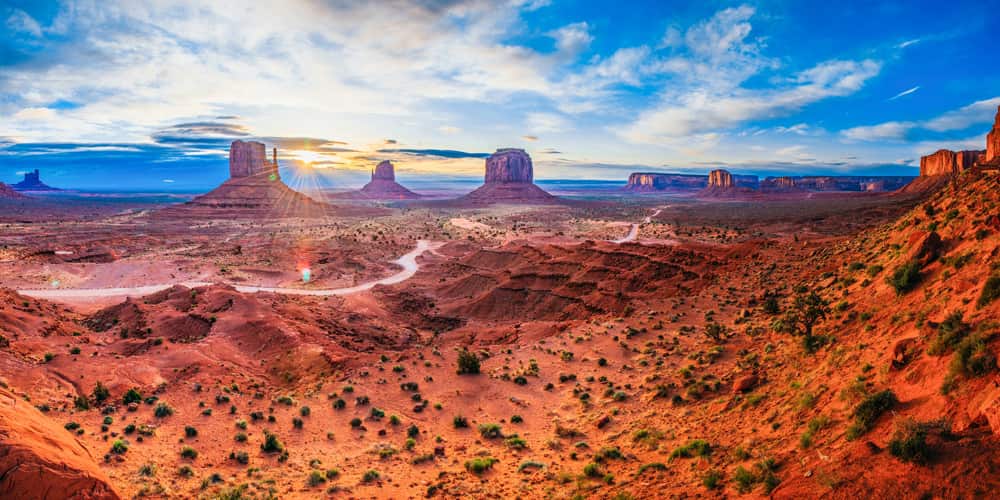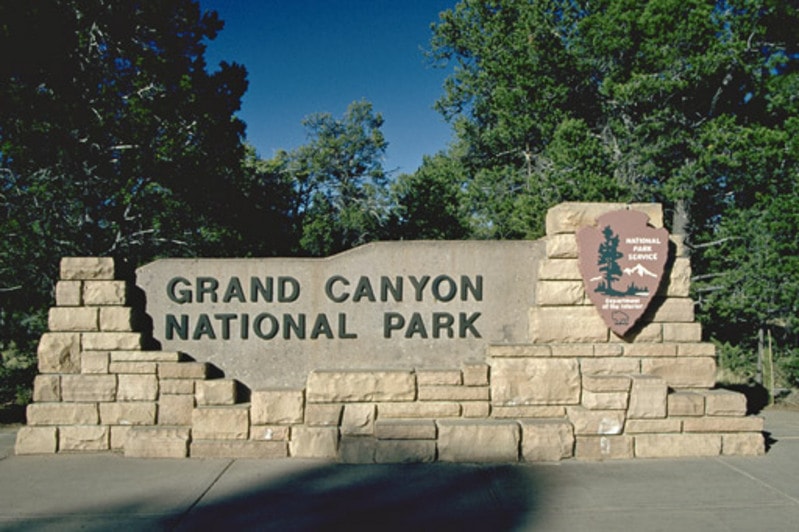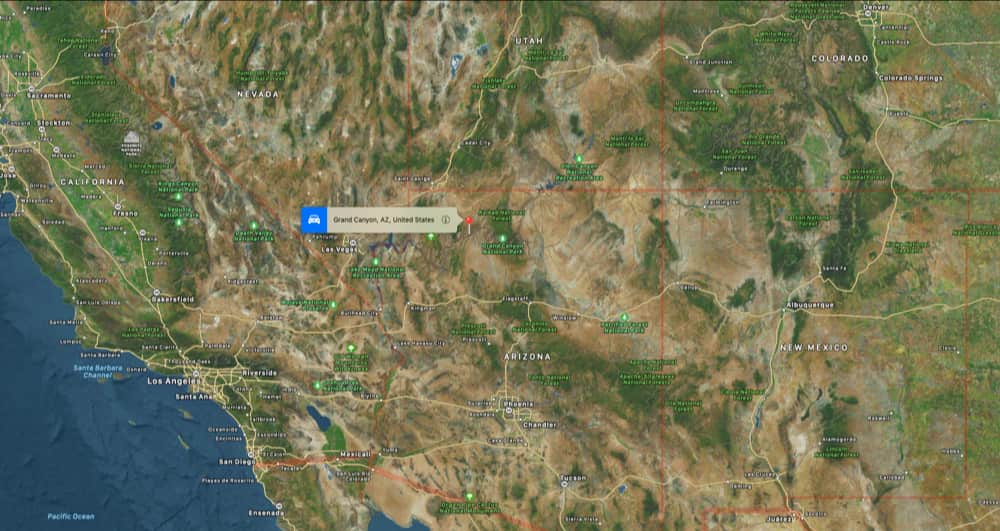
On June 24 at approximately 5:36 pm, the Grand Canyon Regional Communications Center received a call reporting a fatality approximately half a mile above the Tip Off resthouse on the South Kaibab Trail. CPR was initiated and National Park Service personnel responded from the South Rim via helicopter.
The victim, Catherine Houe, 49, of Daly City, California was hiking into the canyon to spend the night at Phantom Ranch. After hiking four miles down the South Kaibab Trail she became dizzy, disoriented, and then stopped breathing, according to her husband and a friend. The cause of death is believed to be heat-related. On June 24 the high temperature at Phantom Ranch was approximately 114°F (46°C).
An investigation into the incident is being conducted by the National Park Service in coordination with the Coconino County Medical Examiner’s Office. No additional information is available at this time.
National Park Rangers at Grand Canyon National Park are strongly urging visitors to Grand Canyon, especially inner canyon hikers and backpackers to be prepared for excessively hot days in the coming weeks. In the summer, temperatures on exposed parts of the trail can reach over 120°F (49°C) in the shade. Hiking in extreme heat can lead to serious health risks including heat exhaustion, heatstroke, hyponatremia, and death.
More information on hiking smart in the heat at Grand Canyon National Park can be found at the following website.

Dehydration happens quickly in dry mountains and deserts. Especially in desert areas, where freshwater sources are scarce and the heat is intense. Your body can lose more than 2 quarts of fluid per hour while hiking uphill in direct, strong sun. Salty foods, electrolyte mix, extra water, sunscreen, long sleeves, and breathable clothes are good options to prepare for a safe venture into the desert. Breathable shoes help to prevent moisture and blisters which can slow you down too.
Terrestrial desert terrain and the usually high-pressure weather systems they present mean that the area will heat up like crazy during the day, and cool off immensely during the night.Hot desert days are usually followed by frigid desert nights, as the ground radiates all its heat away to the stable high-pressure atmosphere above. GCNP recommends starting very early in the day while it is still cool, finding a shady spot to rest during lunch, and continuing on when conditions allow in the afternoon.

The Grand Canyon is a steep-sided canyon carved by the Colorado River in Arizona, United States. The canyon 277 miles (446 km) long, up to 18 miles (29 km) wide and attains a depth of over a mile (6,093 feet or 1,857 meters).
The canyon and adjacent rim are contained within Grand Canyon National Park, the Kaibab National Forest, Grand Canyon–Parashant National Monument, the Hualapai Indian Reservation, the Havasupai Indian Reservation, and the Navajo Nation. President Theodore Roosevelt was a major proponent of the preservation of the area and visited it on numerous occasions to hunt and enjoy the scenery.
Nearly two billion years of Earth’s geological history have been exposed as the Colorado River and its tributaries cut their channels through layer after layer of rock while the Colorado Plateau was uplifted. While some aspects of the history of incision of the canyon are debated by geologists, several recent studies support the hypothesis that the Colorado River established its course through the area about 5 to 6 million years ago. Since that time, the Colorado River has driven the down-cutting of the tributaries and retreat of the cliffs, simultaneously deepening and widening the canyon.
For thousands of years, the area has been continuously inhabited by Native Americans, who built settlements within the canyon and its many caves. The Pueblo people considered the Grand Canyon a holy site and made pilgrimages to it. The first European known to have viewed the canyon was García López de Cárdenas from Spain, who arrived in 1540.
Readers should know that deaths from (exertional) heat stroke while hiking can be prevented if everyone would just adhere to Ariel’s Checklist, the world’s only document in easy-to-read English and Hebrew that comprehensively covers hiking and exertional heat stroke. It has been vetted by the world’s two leading scientists on exertional heat stroke, Professor Yoram Epstein in Israel and Professor Douglas Casa in the US (along with Dr. Robert Huggins). You can find a summarized hiker’s version and a more detailed version for hike leaders at http://www.arielschecklist.com.